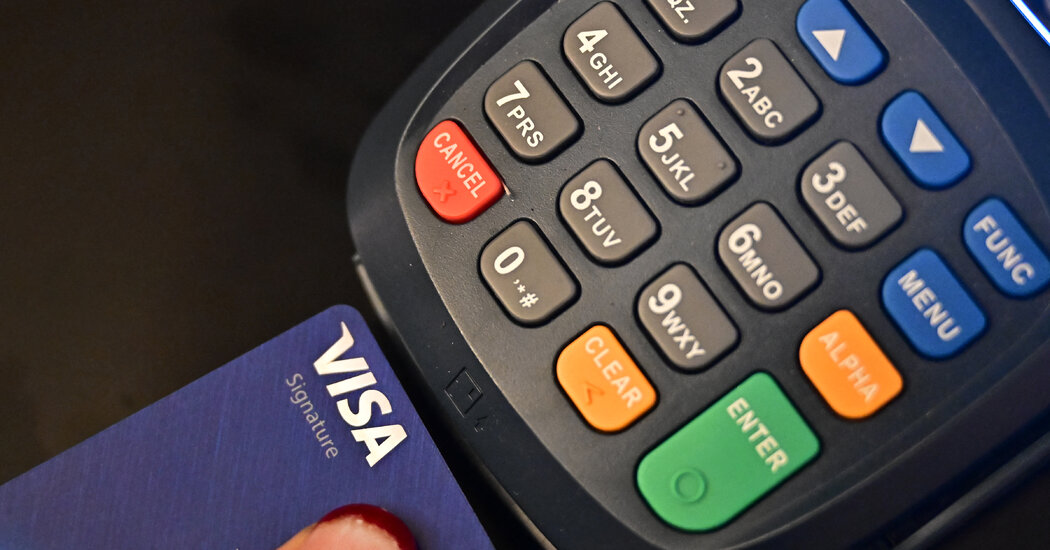On Tuesday, the largest credit card companies in the United States reached an agreement with merchants to reduce the so-called swipe fees retailers pay for accepting credit card payments, potentially saving the retailers $30 billion.
These fees also help fund the credit card rewards programs that many travelers redeem for things like free flights and hotel stays, leading points hawks to wonder: Are loyalty programs at risk?
Here’s what we know so far about the changes.
What are the terms of the deal?
Last year, credit card payments generated an estimated $72 million in fees paid by merchants, which are generally passed along to customers in the form of higher prices. For nearly 20 years, merchants have been seeking reductions in the fees they pay Visa and Mastercard for handling transactions where the cards are used.
The proposed settlement, awaiting approval in a federal court, reduces and caps those fees for five years. It would also allow merchants to potentially charge consumers more based on the card they pay with. For example, a person paying with a premium card like the Chase Sapphire Reserve, which costs $550 a year, could be charged more than someone paying with the more basic Chase Sapphire Preferred card, with an annual fee of $95.
Why does it matter?
The majority of the fees collected go back to the banks that issue the credit cards. Those banks have used the funds to push premium credit cards that offer loyalty points, which can be redeemed for free travel and other perks. The cards with the biggest benefits tend to be those that charge higher swipe fees.
While the reduction in the fees collected sounds small — averaging at least .07 percent — they represent an estimated $30 billion over the five-year term of the deal, which banks could try to make up by reducing points perks.
“It’s reasonable to think that,” said Brian Kelly, the founder of the Points Guy, a news site devoted to maximizing credit card points.
While he speculated that banks will be able to “find other ways to make up the difference,” he acknowledged that a points squeeze could emerge.
“Opportunities to earn probably aren’t going to flourish,” he said.
The idea that merchants could charge more to the holders of premium, perks-rich cards, which are expensive, might also deter consumers from using them. Some experts question the viability of the practice given the potential for consumer backlash.
Is the new agreement related to the Credit Card Competition Act?
The…
Click Here to Read the Full Original Article at NYT > Travel…
